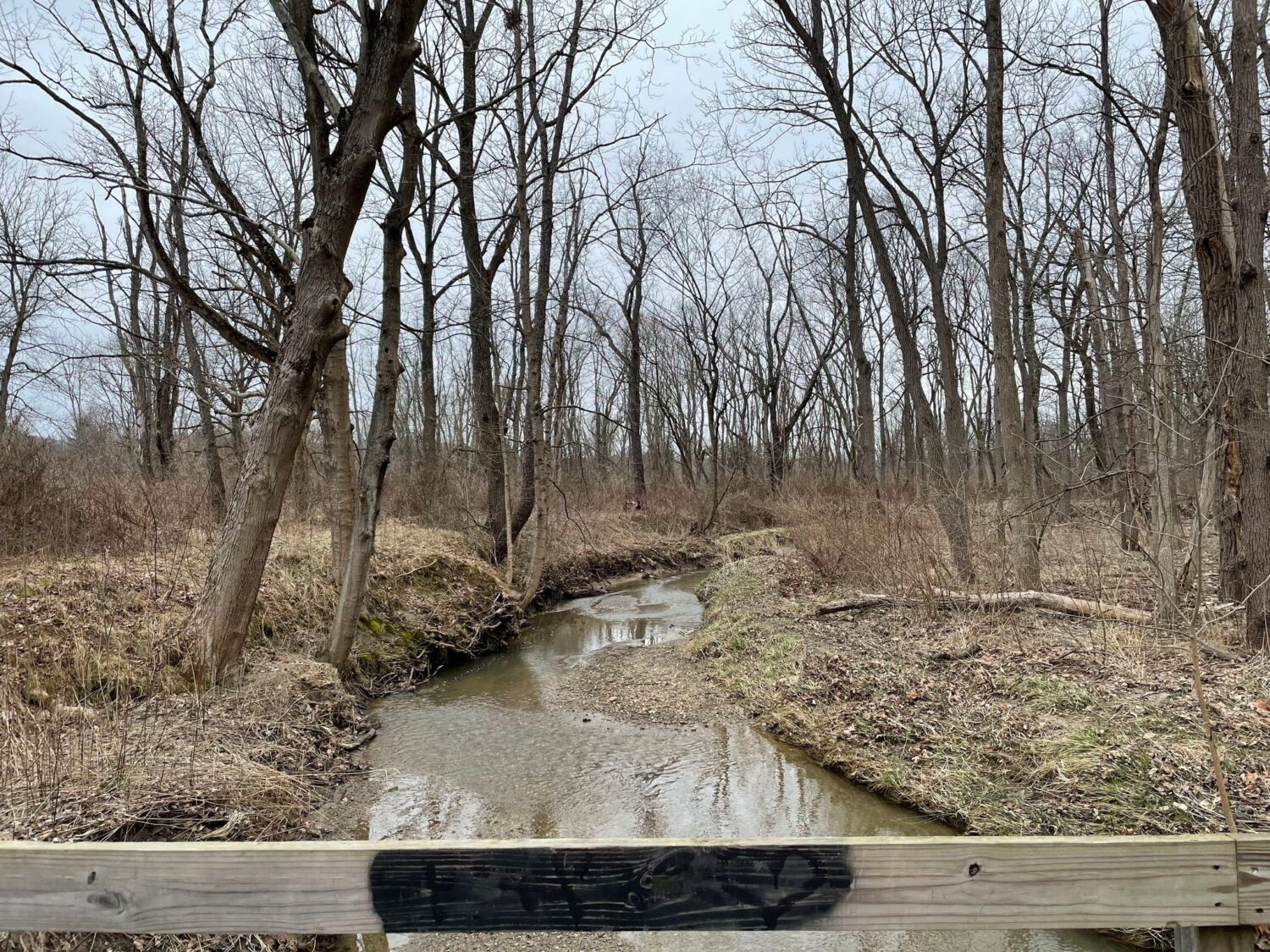In 2013, on the encouragement of my manager, I applied for a newly-created position as Operations Manager for the Firestone Polymers Pilot Plant. As the first Operations Manager for the site, I had to define the role itself and put a framework in place for whomever would take the position next. I started overseeing the Operations and Maintenance departments, which included operation technician staff on two shifts and a union maintenance crew under a foreman who did our preventative maintenance and experimental installations. Eventually I was put over the Plant Engineering department as well, adding capital improvement projects, building maintenance, and equipment design. While this workload eventually became too much for one single person to manage, it remains the most rewarding part of my career to date. I left the role in 2017 and the responsibilities were immediately divided up into separate roles again.
The Pilot Plant Site
To understand a lot of my management career, it’s important to know a little bit about the site itself.
The Firestone pilot plant was built during (or shortly after) World War 2, making the site over 70 years old at the time I worked there. While most equipment was newer, some of the foundations, buildings, and processes remained old. The facility was 10-20% automated, with most of the work done by operators by hand — increasing not only the potential for safety issues, but also the inconsistency of batch-to-batch runs. Most of the facility was due for a significant overhaul and upgrade just to meet production plant processes and levels of automation, and the age of the facility made it difficult to install temporary equipment desired by the research & development departments. Management was very focused on process improvement.
In addition, the site was classified Class 1 Div 1 as per NFPA/NEC code, due to the quantity of flammables stored on the site, restricting the equipment we could use in those classified areas. The pilot plant falls under Process Safety Management (PSM) rules – code we need to follow on top of OSHA standards – which involves a lot of safety documentation and management of change. Any document I signed off on was expected to meet all current relevant codes.
People Management
I ended up overseeing around 25 employees in 3 departments, including salaried and hourly employees, union crew, part-time assistants, and external contractors. I oversaw the hiring process for employees in all three departments, and – unfortunately – have gone through termination processes with employees who were not a good match for their roles, or who committed a serious safety offense. I worked very closely with HR on a number of employee improvement plans, some of which were successful. Firestone’s performance management system evaluated teammates twice a year, and I brought a system of standardization and clear expectations to a department who had never had them before. This allowed me to make several key overdue promotions for critical operations staff.
My crew was one of the most important parts of the job to me, and employee development was one of the things I focused on first. I immediately instated Microsoft Office training for operations and maintenance employees, who were expected to use and edit documentation but didn’t necessarily know how to use email. I offered a number of training opportunities, as well as trips to the production facilities, so that pilot plant operators could have a better understanding of how to imitate production operations. For the maintenance group, I brought in trainings on code updates, such as National Fire Protection Association (NFPA) and the National Electric Code (NEC) specifically. For engineers I made sure to offer opportunities for plant visits and gave them a number of project management courses.
Department Management
- budgets etc
- operations logistics
- OSHA / PSM responsibilities
- document management
Project Management
- Capital project involvement
- standardization of project management & reporting updates
Significant Wins
- PP2.0 design FEL2 / FEL 3 engineering stufy
- Shutdown
- LIMS / Scheduling
- ATR / doc mgmt
